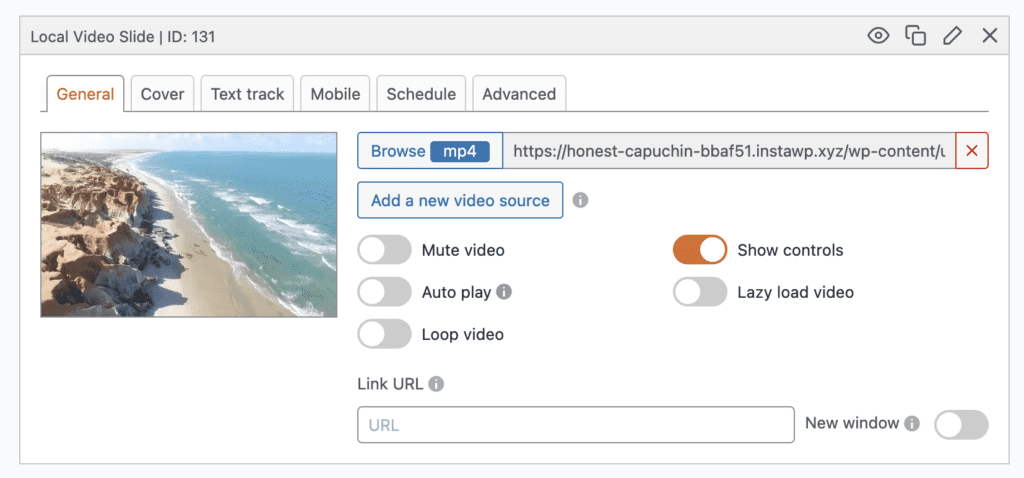Table of Contents
If you create video slides for your slideshow, you may run into some limitations imposed by browsers and device makers. They will often restrict your ability to use automatically start videos and / or automatically enable sound for the videos.
Why is Auto Play Often Blocked? #
Here are reasons why auto play is often blocked:
- Avoid surprise sounds: The people who make Chrome, Firefox, Safari and other browsers really want to prevent videos from auto-playing with sound. Who wants to open a website and immediately be be confronted with a loud video that they can’t disable? For this reason, most browsers allow either sound or auto play, but not both.
- Save data. Many cell phone companies will set their devices to automatically ignore auto play to save data.
- Privacy: Videos from YouTube and Vimeo will have tracking and analytics. The cell phone companies are under pressure from government regulations to increase the privacy of their users, and so they want users to approve actions prior to actions being tracked. So for this reason also, video auto play is often removed by default. At the very least, users may have to accept cookies before the video plays.
Possible Workarounds #
As you can see, it’s difficult to rely on the auto play feature for video slides. Here are some tips to improve the likelihood that auto play does work:
- Enable the “Mute video” option. This makes it significantly more likely that auto play will be allowed.
- Enable the “Show controls” option. This will add the “Play” button and other controls to your video and will allow your viewers to manage their video experience.
- Use small videos. Many browsers and operating systems will not load videos if they are too large as it uses too much data.

